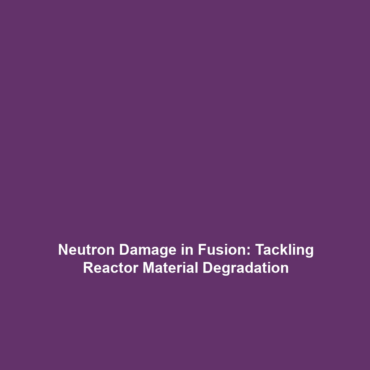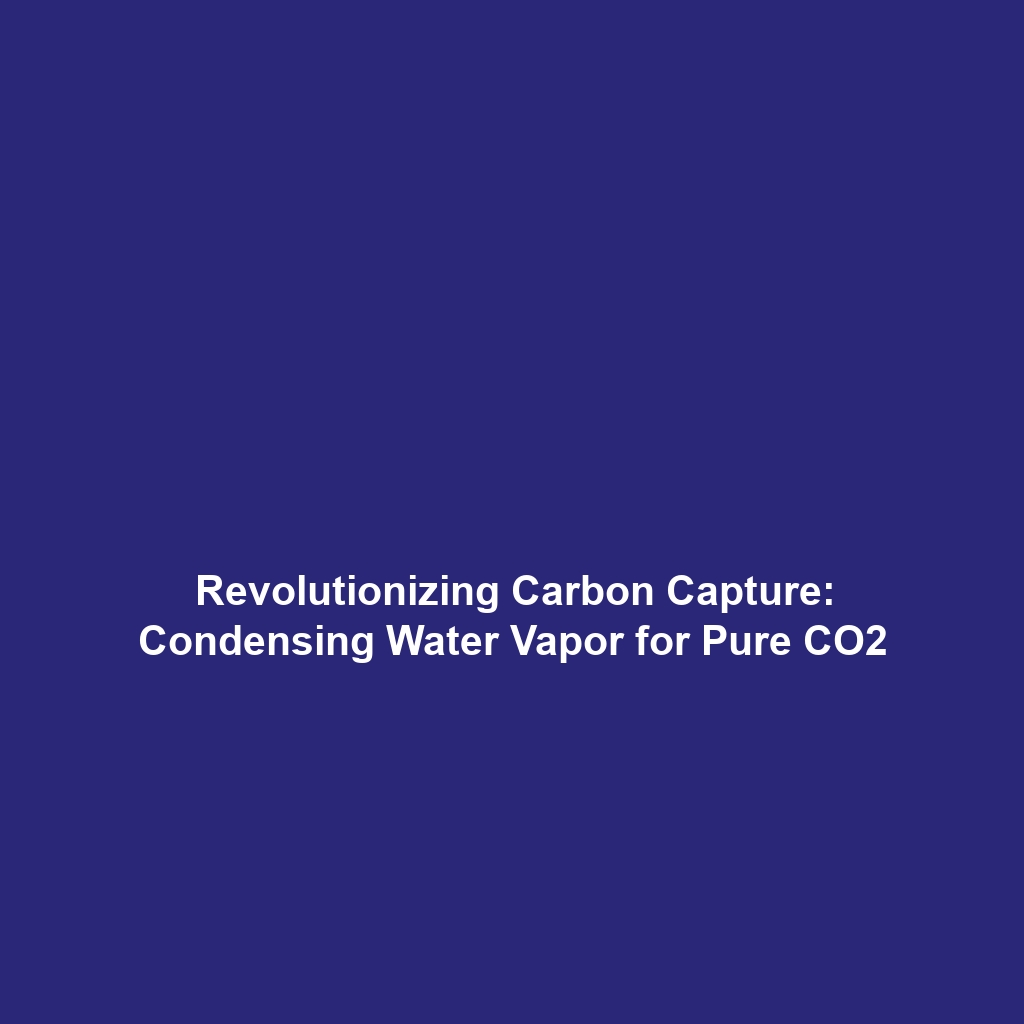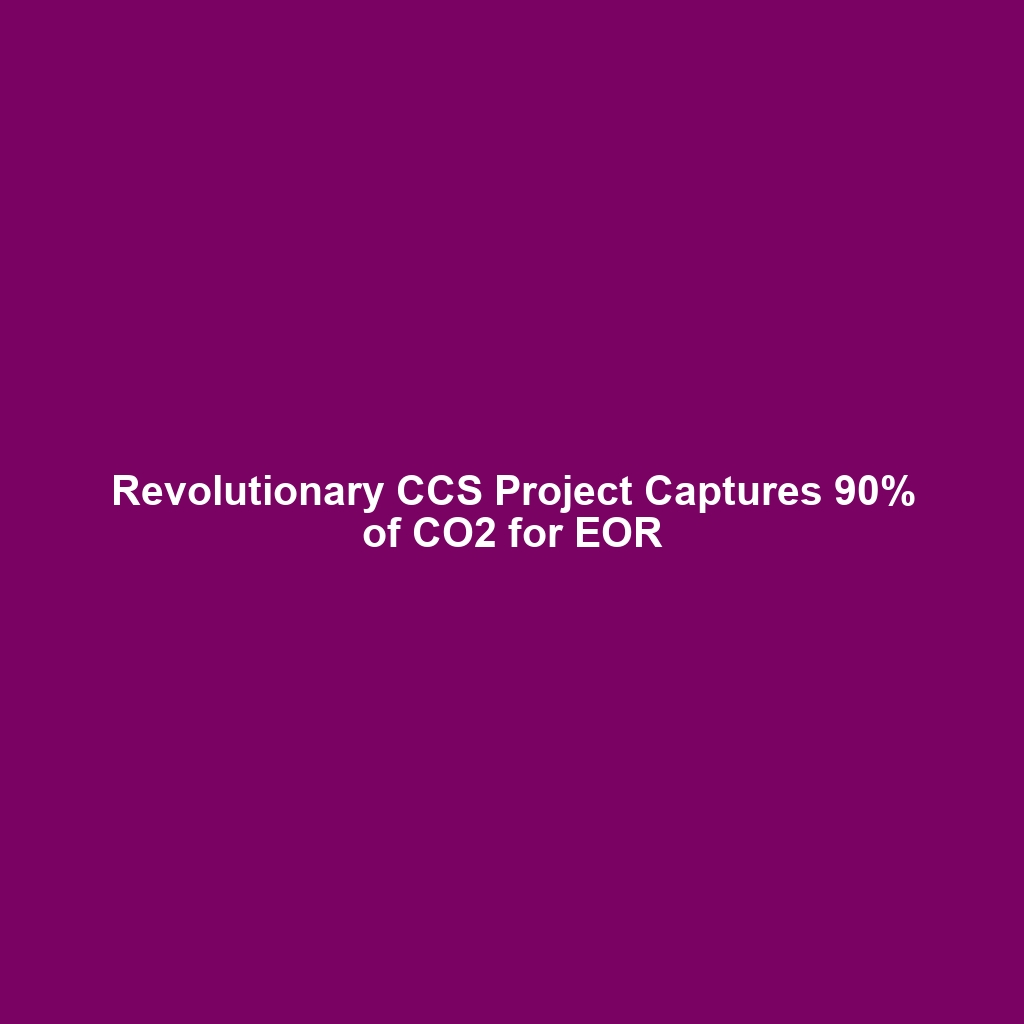Neutron Damage in Fusion Energy: Understanding the Challenge
Introduction
In the pursuit of harnessing fusion energy as a sustainable power source, understanding the phenomenon of neutron damage is essential. Fusion reactions, which involve the merging of atomic nuclei to release energy, produce high-energy neutrons that can significantly degrade reactor materials over time. This degradation poses a substantial challenge for the long-term operation of fusion reactors. Addressing neutron damage is crucial not only for enhancing the longevity and safety of fusion reactors but also for ensuring the viability of fusion energy as a cornerstone of future energy production.
Key Concepts
The Role of High-Energy Neutrons
Fusion reactions typically take place in conditions that produce high-energy neutrons, which can interact with surrounding materials. The major concepts related to neutron damage include:
- Material Degradation: High-energy neutrons can displace atoms in reactor materials, causing defects and weakening structural integrity.
- Activation: Neutron interactions can lead to the formation of radioactive isotopes, complicating waste management and reactor maintenance.
- Thermal Effects: The energy deposited by neutrons can cause local heating, further stressing materials and impacting performance.
Applications and Real-World Uses
Neutron damage affects various applications within the realm of fusion energy, including:
- Material Selection: Ongoing research helps in identifying and developing materials that resist neutron damage, promoting longevity in fusion reactors.
- Monitoring Techniques: Advanced diagnostic tools are deployed to assess neutron-induced damage, facilitating timely maintenance and operability assessments.
- Safety Protocols: Understanding neutron damage contributes to establishing safety measures to protect reactor integrity during long-term operation.
Current Challenges
The study and mitigation of neutron damage face several challenges in the context of fusion energy:
- Materials Limitations: Many conventional materials fail to withstand neutron bombardment over prolonged periods.
- Predictive Models: Establishing accurate models to predict neutron-induced damage is still a developing field.
- Cost of Research: The financial investment required for studying advanced materials and testing their efficacy can be substantial.
Future Research and Innovations
To address the challenges posed by neutron damage, researchers are exploring innovative solutions:
- Advanced Materials: Investigations into composites and new alloys aim to enhance resistance to neutron-induced degradation.
- Artificial Intelligence: AI-driven simulations are anticipated to yield better predictions of damage and material performance under high neutron flux.
- International Collaborations: Global partnerships in fusion research are vital to accelerate the development of robust materials and technologies.
Conclusion
In summary, neutron damage represents a critical barrier to the sustained operation of fusion reactors. Understanding and mitigating this challenge is vital for realizing the full potential of fusion energy as a clean and reliable power source. As research continues and innovations emerge, the future of fusion energy looks promising but requires ongoing commitment from the scientific community. For further information on fusion energy research and materials science, explore additional resources on our site.









